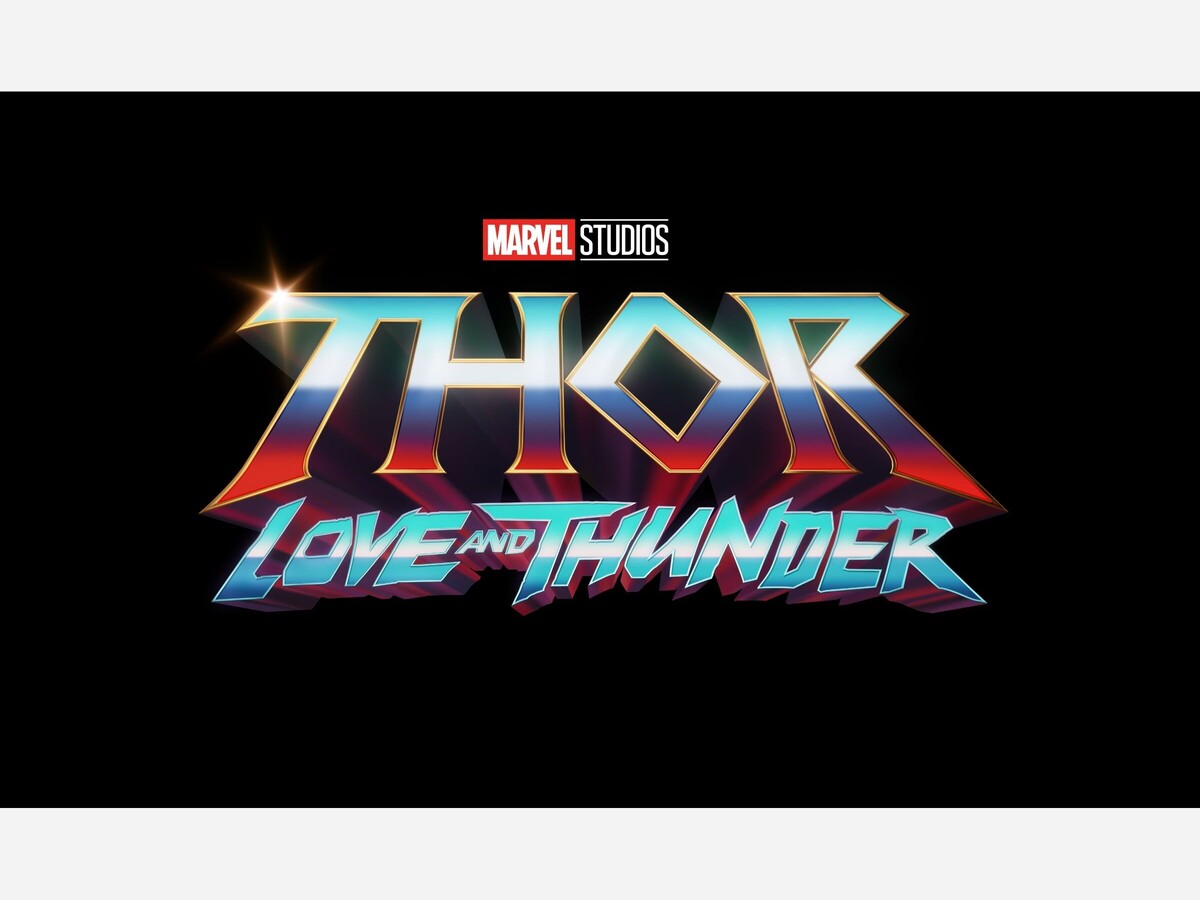Image

It is not an understatement to say that Taika Waititi saved the Thor franchise when Thor: Ragnarok came out in 2017. The first two entries did not set the series on solid ground and both crossover efforts (The Avengers and Avengers: Age of Ultron) did not endear the character to the moviegoing public at large. When the third entry arrived however, Thor quickly became a fan favorite through the new infusion of humor and style to the franchise. This carried over to Avengers: Infinity War and Avengers: Endgame where the new iteration of the character that masked his deep trauma and vulnerability with jokes continued to make him a fan favorite. Thor: Love and Thunder may pick up chronologically where Avengers: Endgame
dropped off but does not keep the quality at the same level one would expect.
The movie follows Thor (Chris Hemsworth), now back in shape and traveling around the universe with the Guardians of the Galaxy after defeating Thanos, as he encounters a distress call from Lady Sif after she encounters the God-Butcher. Upon investigating and returning to New Asgard, he reunites with Valkyrie (Tessa Thompson), now King of New Asgard, and his ex-girlfriend Jane Foster (Natalie Portman) who has since gained the power of Thor and the ability to use his formerly destroyed hammer. The three must band together to fight Gorr the God-Butcher (Christian Bale) and stop him from getting to Eternity and using the power of the abstract to rewrite the universe the way he wants.
The first problem with this movie is that Gorr is criminally underused as the villain. Gorr’s schtick over the course of his history is that he is the biblical Job, the righteous man of God who is devoted to God’s teachings regardless of what life, the universe, or God himself throws at him. Instead of accepting what God does to him as he does in the bible, Gorr uses the power of the Necrosword to swear vengeance against the gods that have forsaken him. This is not simply the backstory as it has been in the comics for generations; it is the explicit backstory in the cold open of the film. Not only is Christian Bale’s Gorr not on screen long enough to play with these great story beats but there is very little butchering of gods by the so named “God-Butcher.” Again, this is not bringing in outside knowledge to the movie, Gorr is explicitly referred to as the God-Butcher on a few occasions in the film itself.
The second problem is less with this entry specifically and more with the fact that this is the second time in three months that Marvel Studios has put out a movie with quite a few of the same narrative beats. Had Love and Thunder come out in May and Doctor Strange in the Multiverse of Madness came out now, this criticism would still have been levied, just on a different movie. Both movies have the same general concept: there is a villain who is not inherently a bad person who is corrupted by an ancient, ambiguously evil artifact. The artifact picks on something the villain wants, plays that aspect of their life up, and exploits that to make them commit evil acts. The artifact is focused on the destruction of all life in the universe and, in order to make that happen, requires the use of the powers of one of the protagonists. Halfway through the story there is a cool, visual effects heavy sequence with a cool cameo or two that ends in a bloodbath. The post-credit tag piggybacks off that cool sequence, introducing a new character that viewers have no frame of reference for but comics readers will enjoy. The fact that all of this is similar for both movies makes for a lackluster viewing experience.
The final major issue comes from Jane’s treatment over the course of the narrative, especially considering her lack of involvement in Thor: Ragnarok. While giving her the power of Thor is definitely a good idea, the fact that the movie changes the enchantment on Mjolnir to make that happen feels a little strange, especially if one takes into consideration that in Avengers: Endgame Captain America can lift and use Mjolnir without needing to have the enchantment changed. The base enchantment, which was also reestablished in this movie, works just fine considering it is literally “whoever holds this hammer, be they worthy, shall possess the power of Thor.” Beyond that problem, like previous entries, Jane is solely defined by her relationship to Thor and does not get a chance to really develop into her own character. Because of how much of her role is defined by her proximity to Thor and their relationship, too much of the runtime is focused on rehashing why the relationship failed originally.
On a more technical level, there is a ton of tonal whiplash across the film as well where scenes can jump from emotional or tense to comedic with very little time for the audience to catch their breath. It can be jarring at times, one scene will have Gorr threatening a bunch of children, the next will have Thor and his team wandering around Omnipotence City making jokes. The visual effects are lackluster and there are a few janky editing choices that will break the viewer’s immersion in the movie.
In all, Thor: Love and Thunder is not the worst Thor movie, or probably even the second worst. That said, this one is not very good. Maybe Thor: Ragnarok was an anomaly, maybe it was just the fact that it came out after two lackluster Thor films and viewers went in with lower standards. In any event, there is nothing about the fourth entry in the franchise that requires it to be seen in a theater and viewers will likely have a similar experience waiting to view this feature at home on Disney+ in about 45 days.
Final Rating: 5/10